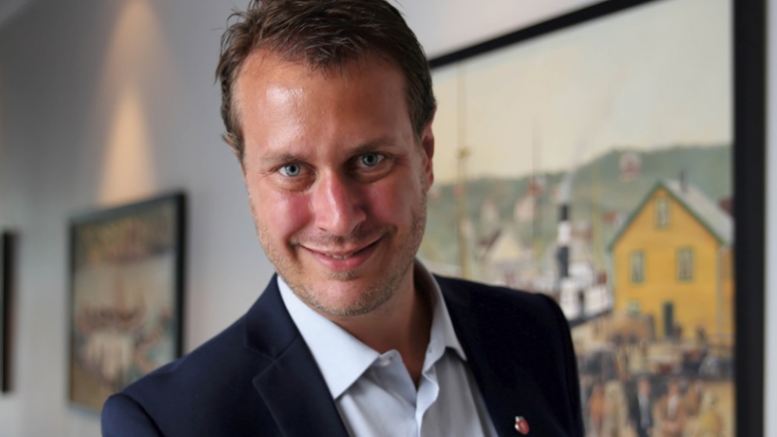74 municipalities disappear from the map
The number of municipalities is cut from 428 to 354 by force in eleven cases. The municipal council of the Parliament has concluded.
The Government’s one partner, KrF, says no to force, but Venstre (Liberals) ensures majority for the biggest change in the municipal structure since the 1950s. Until just recently there was suspense about individual municipalities, in some cases the opinion was even split between the two Government parties.
– There is a need for strong and viable municipalities to realize the goals of the reform. It will ensure good and equal services to citizens, says Helge André Njåstad (FrP). Njåstad is municipal committee chairman
Centre Party feint
When the Government presented its proposal for a reform of the municipality, there was an aim for 358 municipalities. When Torsken, Berg and Trøgstad merges with other municipalities and Flora and Vågsøy merge, the figure will be 354.
A final decision will be taken by the Parliament on June 8th. It will happen with all 169 representatives present – thanks to the Center Party. Party leader Trygve Slagsvold Vedum says no to exchange, which makes it necessary for everyone else to meet with the full group present for the vote.
– Some would probably think it would be pleasant to sneak away, but we will make sure that all the representatives meet in the Parliament and vote over the forced mergers of municipalities and regions. Each individual representative will be accountable to his voters in this case, says Vedum to VG.
Regions
The municipal committee also issued a resolution on regional reform on Thursday. Here there are no changes to what is known from before. The parliamentary majority therefore want that today’s 19 counties will be replaced by eleven new regions.
Among the most controversial is to merge Troms and Finnmark. Like the forced mergers in the municipal reform, the red-green parties have opened to reverse these mergers if they win the election.
Njåstad and the Government believe the reform will lead to more tasks for more economically robust municipalities. But the reform is also controversial and involves the use of coercion in eleven of the mergers.
The forced mergers
- Hobøl, Askim, Spydeberg, Eidsberg, Trøgstad.
- Tranøy, Lenvik, Torsken, Berg.
- Bjugn, Ørland.
- Mandal, Marnardal, Lindesnes.
- Kristiansand, Søgne, Songdalen.
- Sogndal, Balestrand, Leikanger.
- Tysfjord split in two. One part merges with Narvik og Ballangen, the remainder with Hamarøy.
- Skedsmo, Fet, Sørum.
- Ålesund, Sandøy, Skodje, Ørskog, Haram.
- Roan, Åfjord.
- Vikna, Nærøy, Leka, Bindal.
© NTB Scanpix / Norway Today





